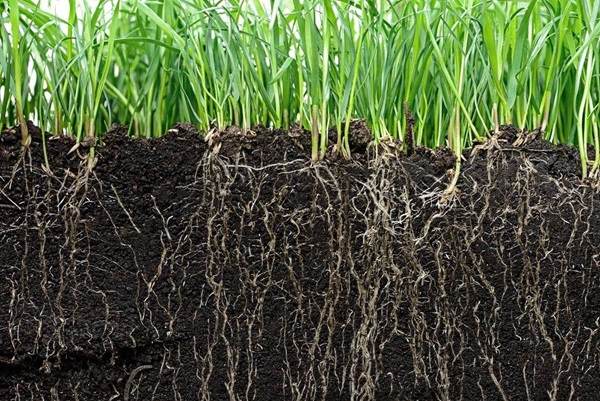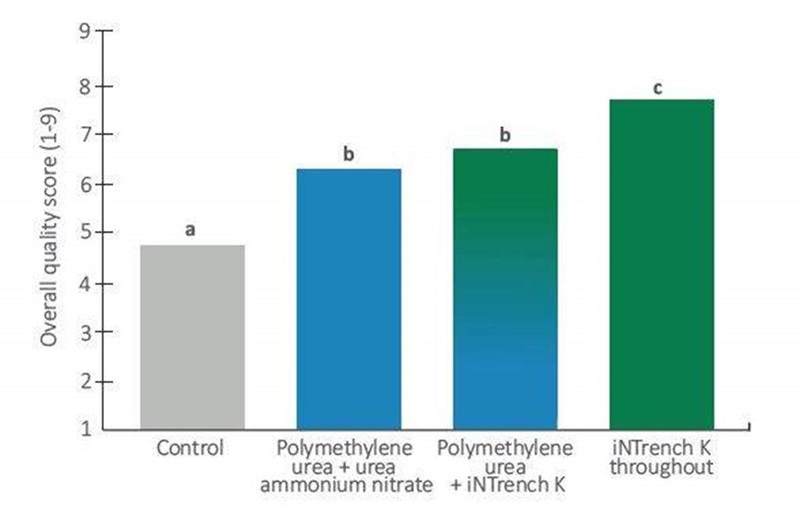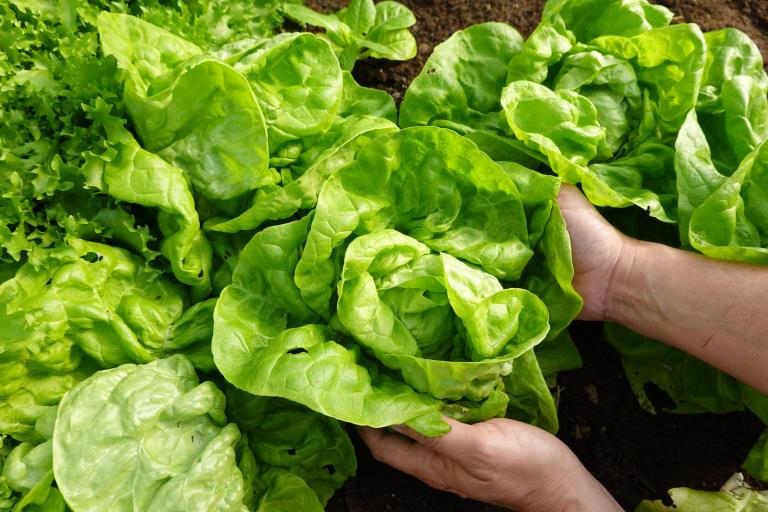
Liquid, foliar and fertigation nitrogen technology
Key benefits of PiNT
- Provides a balanced release of nitrogen for sustained nutrition
- Improves the quality and blade colour of turf
- Increases marketable yield of crops
- Reduces nitrate leaching
- Can be used on turf or crops
- Is in liquid form for easy application
- Foliar application so nitrogen is available at the optimum growth stage of the crop or turf
- Can be applied to the soil using fertigation
Why is nitrogen important to plants?
Nitrogen is a very important macronutrient in plants, with many functions, and therefore is needed in large quantities. For example, nitrogen is vital to build chlorophyll (essential for photosynthesis), proteins, and enzymes. As such, adequate nitrogen is essential to optimise plant growth and development.
While the application of inorganic nitrogen is essential in modern agricultural practice, it is estimated that 50-70% of it is lost and not utilised by crops. Hence, there is a need to improve nitrogen use efficiency to help ensure that crop needs are met and minimise losses to the environment. Locking up the nitrogen too strongly can reduce efficacy and product performance; however, a rapid flush of nitrogen can result in high environmental impact.

How does PiNT work?
PiNT is a ureic/cation complex that decreases the rate at which ammonium is released. This cation complex serves to reduce leaching and volatilisation, while providing an optimal dose over a multi-week span to meet the needs of the crop or turf. Releasing nitrogen in this way encourages the production of a more robust root system, improving the growth habit of the plant. This solution, in turn, can increase cytokinin levels and ultimately improves the yield of crops and the quality of turf.

Improved turf quality using PiNT technology
A trial in the US, on mixed bentgrass and Poa annua, studied the application of our liquid nitrogen technology. Our iNTrench™ K product was applied (which contains PiNT technology) and compared to a polymethylene urea base application (36.6 kg/ha of N) and/or a urea ammonium nitrate ‘spoon-feed’ (4.9 kg/ha) over seven weeks. As shown in the graph, the turf quality was significantly better (P<0.05) when iNTrench K was used throughout. Bars with different letters are significantly different from each other (P<0.05).

PiNT mode of action

Products that contain PiNT technology
2 items available

